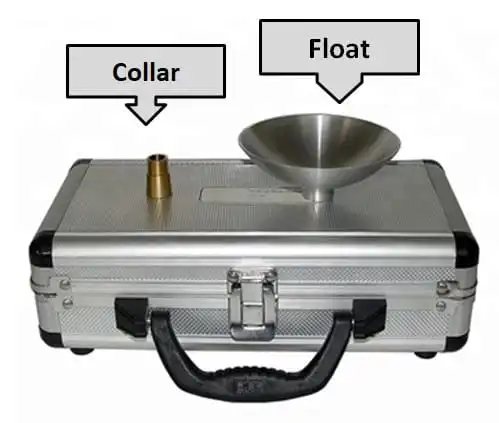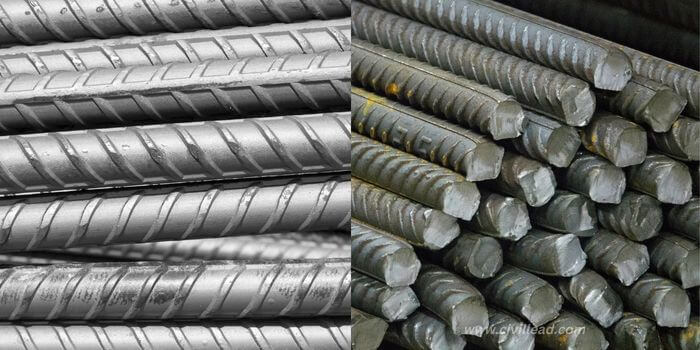Learn about formwork shuttering’s importance in construction and its numerous kinds and materials. This thorough tutorial examines the significance and advantages of formwork shuttering for productive building projects.
Introduction
Formwork shuttering is one of the vital procedures in the field of building that sets the stage for successful projects. It serves as a temporary structure to hold up the newly poured concrete until it is strong enough to sustain its own weight. Understanding formwork shuttering’s kinds, materials, and significance is essential for both builders and engineers working on building projects. We shall go further into the world of formwork shuttering in this essay to examine its nuances, applications, and advantages.
Shuttering in Construction: What Is It?
Creating temporary molds or frames into which concrete is poured to obtain the required form and structure is the essence of shuttering in the building industry. During the phases of setting and curing, it gives the concrete the assistance it needs. Buildings, bridges, dams, and other construction projects all use shuttering, which is often referred to as formwork.
Examining the Different Types of Shutters
There are several forms of shuttering, each suitable for certain building requirements. Let’s explore some typical shuttering types:
1. Customary Timber Shutters
Traditional wood shuttering, sometimes referred to as traditional formwork, has been extensively used in the building sector for many years. To make the concrete molds, plywood, planks, and other types of wood are used. Simple constructions benefit from the adaptability and simplicity of handling of timber shuttering.
2. Metal shutters
Timber shuttering may be replaced with steel shuttering, which is strong and long-lasting. Concrete molds are created utilizing steel plates, angles, and channels. Steel shuttering is perfect for projects that need to be used often since it is simple to disassemble and rebuild.
3. Aluminum Shutters
Shuttering made of aluminum is a lightweight, adaptable alternative for contemporary building projects. It is made out of lightweight aluminum panels and beams that are simple to handle and erect. Aluminum is an ecologically beneficial option since it is recyclable.
4. Using plastic shutters
Due to its portability and reusability, plastic shuttering, also known as modular formwork, is becoming more and more common. To make the concrete molds, interlocking plastic panels are used. Shuttering made of plastic is appropriate for tasks that call for efficiency and quickness.
Various Materials for Shuttering
The kind of building, available funds, and project length are some of the variables that affect the shuttering material selection. Let’s examine the typical components of formwork shuttering:
1. Wood plywood
One of the most often utilized materials in classic wooden shuttering is plywood. It has smooth surfaces and is simple to shape-cut into the necessary dimensions. Plywood’s thickness and quality might change according on the needs of the project.
2. Timber
For traditional shuttering, timber, especially hardwoods like teak and deodar, is often employed. It gives the molds sturdiness and solidity. Timber shuttering is long-lasting with the right care and upkeep.
3. Steel
Steel shuttering is made of steel, which is a strong and long-lasting material. It is appropriate for big projects and can sustain enormous weights. For proper construction, steel shuttering demands specialized workers.
4. Alloy of aluminum
Modern aluminum shuttering is made of lightweight aluminum alloy. It has a great strength-to-weight ratio and is corrosion-resistant. Aluminum shuttering is lightweight and simple to move around.
5. Plastic
Plastic shuttering’s main building blocks are high-density polypropylene plastic panels. These panels are perfect for quick building tasks since they are lightweight, reusable, and simple to clean.
Formwork Shuttering’s Value
Formwork shuttering is essential to the building process and provides the following major advantages:
Effective Concrete Installation
During the pouring process, shuttering makes ensuring that new concrete is properly positioned and contained. It aids in giving the construction the proper shape and form.
Strength and durability improvements
Shuttering that is built properly supports the concrete while it dries, resulting in a finished structure that is stronger and more resilient.
Design with Care
Shuttering enables craftsmen to accomplish precise architectural elements and complicated patterns. It makes it possible to design intricate patterns and forms in concrete.
Cost and Time Savings
Effective shuttering solutions help shorten construction periods and keep labor expenses down. Saving money is also made possible by reusable materials like steel and plastic.
Enhanced Safety
Construction workers are guaranteed a safe working environment with well-designed formwork, reducing the possibility of mishaps and injuries.
Sustainability
Modern formwork shuttering’s use of environmentally friendly materials helps promote sustainable building methods and lessens the effect on the environment.
FAQs:
What are the main LSI keywords connected to shuttering of formwork?
LSI terms that are associated with formwork shuttering include “construction formwork,” “concrete shuttering,” and “formwork materials.”
How can formwork shuttering improve the effectiveness of construction?
Formwork shuttering makes concrete pouring more efficient, enabling quicker construction and better accuracy in meeting design requirements.
Is plastic shuttering an appropriate material for high-rise structures?
Yes, plastic shuttering is a practical alternative for high-rise buildings, particularly where efficiency and affordability are crucial considerations.
What safety measures need to be considered while utilizing wood shutters?
To prevent rot and termite infestation while utilizing timber shuttering, it is essential to treat the wood with preservatives. Longevity is guaranteed by regular maintenance.
Can steel shuttering be utilized on projects for homes?
with fact, foundations, slabs, and beams are often covered with steel shuttering in residential construction.
How can formwork shuttering support environmentally friendly building practices?
The use of formwork shuttering made of recyclable materials like aluminum and plastic lowers the demand on natural resources and encourages the use of green building techniques.
Conclusion:
Shuttering for formwork is an essential part of building projects because it gives concrete the support it needs when setting and curing. Based on the needs of the project, builders may choose the best formwork shuttering system from a variety of kinds and materials. Every variety, from conventional lumber to contemporary plastic and aluminum alternatives, has benefits. Formwork shuttering is significant because it may increase structural strength, maximize construction efficiency, and support green building principles. Formwork shuttering is still a crucial method for ensuring safe and effective building projects as the construction industry develops.
============================================






